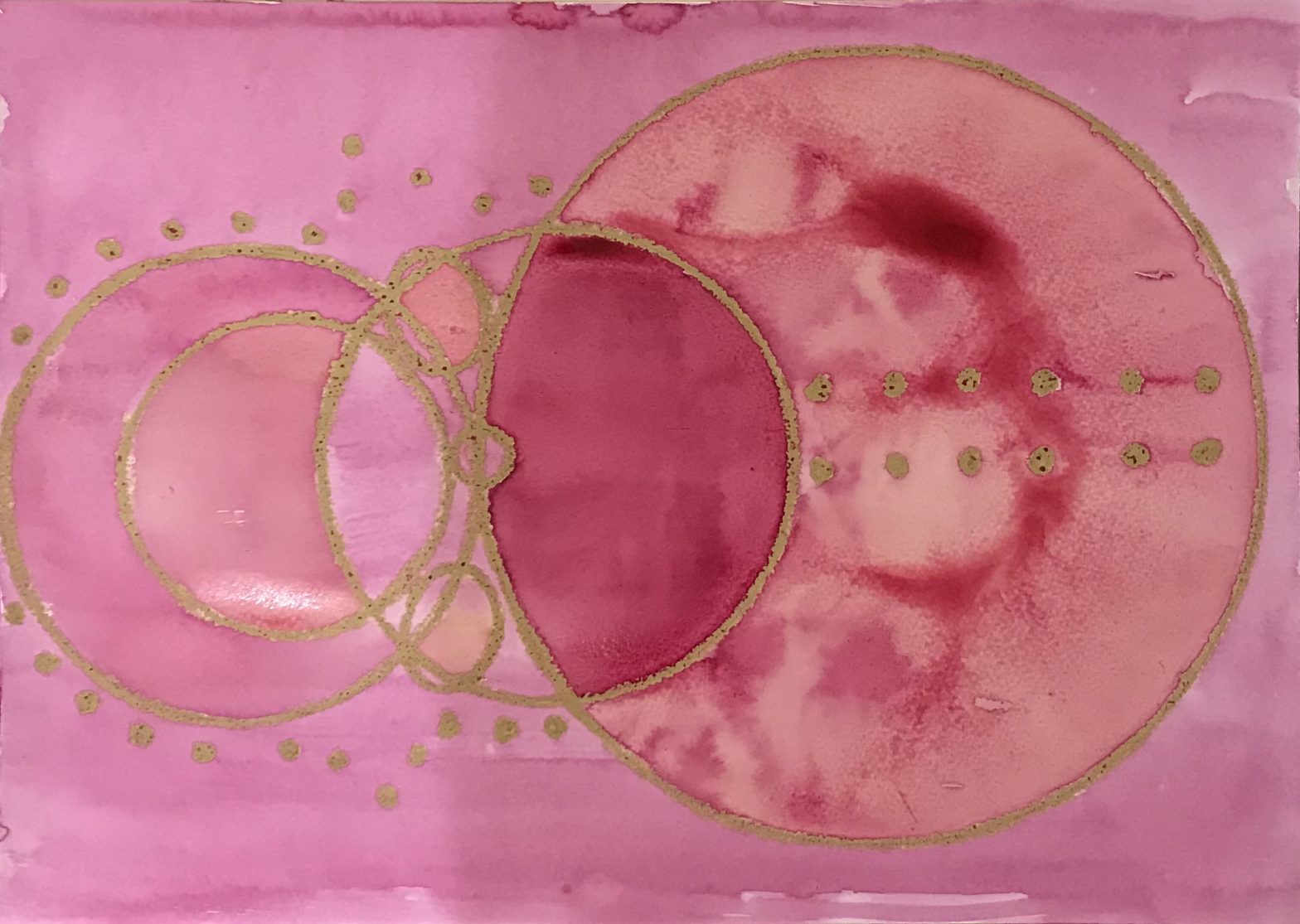In this post we take you through an easy step-by-step guide to making your own natural dyes at home using beetroots and onions, and take a closer look at the way our current exhibiting artist Johanna Unzueta makes and uses organic dyes of her own.
You’d be surprised how many colours you can get from plants, fruits and vegetables. And some of them might surprise you.
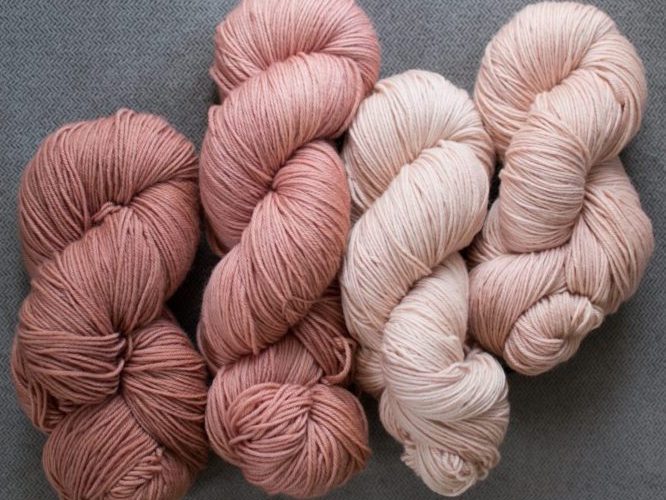
Can you guess what plant, fruit or vegetable this pale pink colour comes from? Scroll to the end to find out.
But how do you get from fruit to fabric?
We were lucky enough to learn some natural dyeing techniques from Johanna Unzueta at a public organic pigments workshop held in the Creative Space.
What you’ll need:
- 1kg Beetroots and/or 1kg onions. Use organic vegetables if you can as they will produce the best dyes.
- A stainless steel pot for each pot of dye you want to make. *Pots made out of reactive materials such as aluminum can change the color of your dye.
- Watercolour paper or fabric to dye
4 easy steps to making your own organic dyes:
- You’ll only need the skins of the vegetables. That’s where the pigment is. When you’ve removed the skins, place them in a pot and just about cover with water.
- Soak the skins overnight. The longer you leave them the more intense the colour will be.
- Boil up the skins in a pan on a very low heat for 2 hours with the lid on.
- Ta-dah! Your dye is ready. Just drain into suitable containers and let it cool. Then you can start dyeing.
Paper dyeing
Use the dye as a wash for your watercolour paper. Using a large brush you can wash the dye over the paper. The more washes you do, the more intense the colour will be. Make sure you let the paper dry between each wash.
You can also try dipping the sheet of paper into a tray of the dye to get a more even finish.
Or why not use the dye as paint? Again, using a paintbrush you can create beautiful lines, patterns and tones using different washes of dye.

Fabric dyeing
If you want to dye some fabric, immerse it into the dye completely, then squeeze out all the liquid and lay it out to dry.

Get creative with a top tip from Johanna herself!
Try drawing on the paper or the fabric with oil pastels before you use the dye. See what happens…
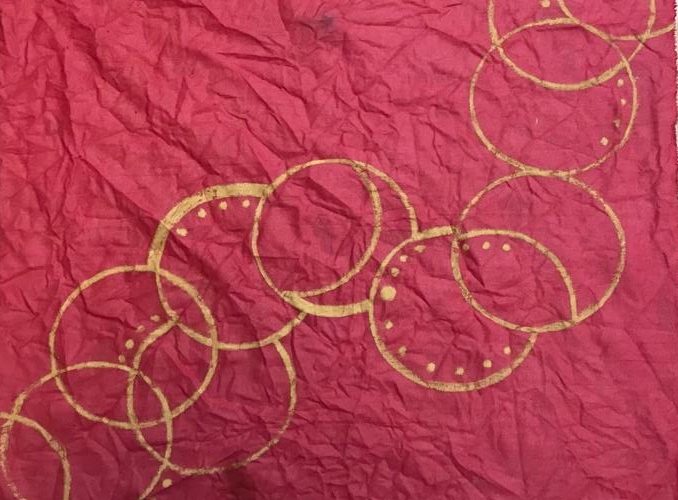
…You’ll see that the oily pastel repels the water-based dye, so the drawing will remain intact even when covered with the dye.
Why not have a go at home and share your creations with us #learnatMAO
Johanna Unzueta and organic dyeing techniques
Johanna uses different natural pigments to dye the paper she uses for her drawings. 2020 marks the first time she has also dyed the felt for her sculptures, having previously only worked with it in its raw state. The tap sculptures in Gallery 1 …My Tears Started a Rain / The Darkness of the Sea Open My Eyes are made using organic indigo-dyed felt.
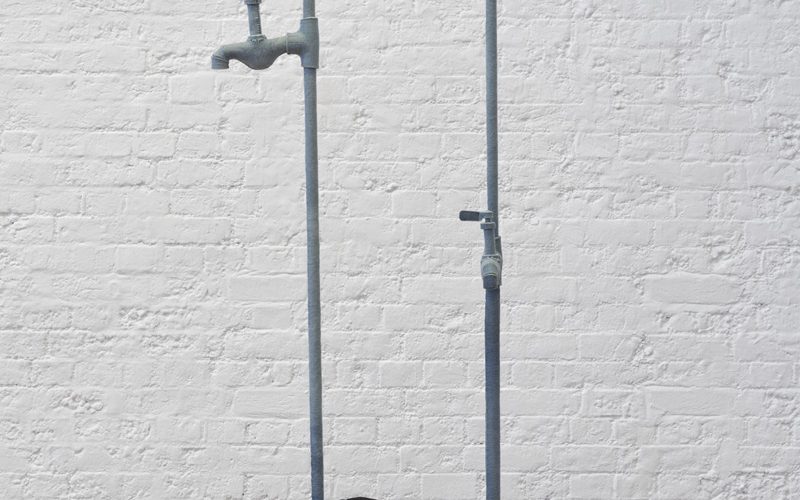
Johanna first started using indigo dye in her practice after a residency in Guatemala. The indigo-producing plant anil is native to Guatemala and was used centuries ago to create Maya blue.
To dye the paper for her drawings Johanna uses indigo, fustic (a yellow dye called fustic primarily known for coloring khaki fabric for U.S. military apparel during World War I) and other natural dyes.
She learned how to work with plant dyes such as beetroot and onion skins from a Mapuche woman in southern Chile in 1999. In 2015 she learned more traditional dyeing techniques in Antigue, Guatemala, specifically using anil to make indigo.
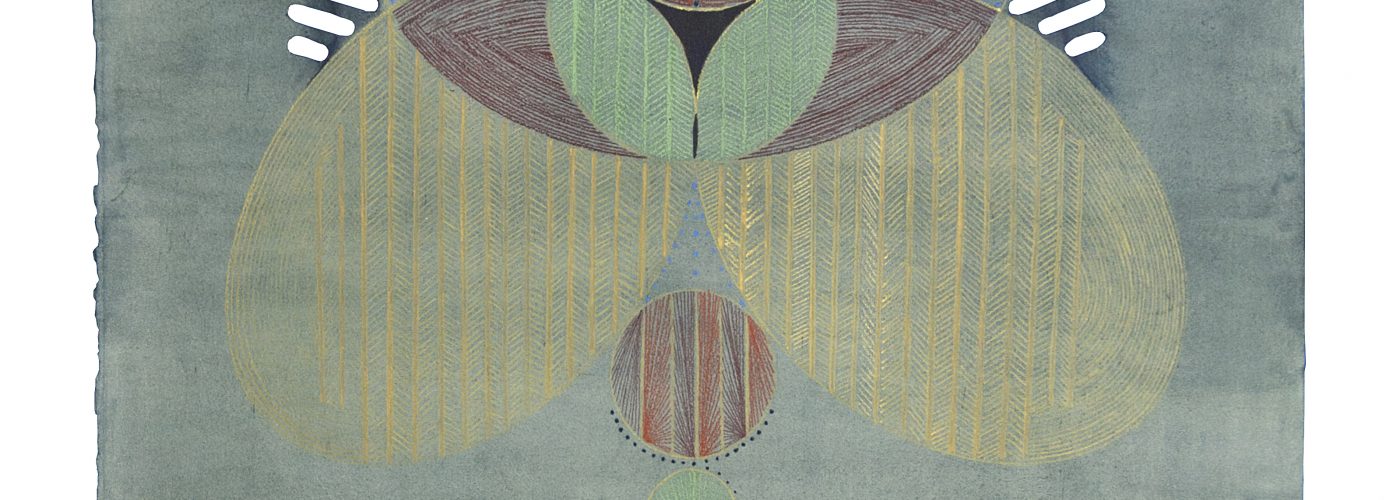
Since then Johanna has started to dye all her papers, as she prefers not to work from a blank page.
*The pale pink colour of the wool comes from the skin and stone of an avocado!*
